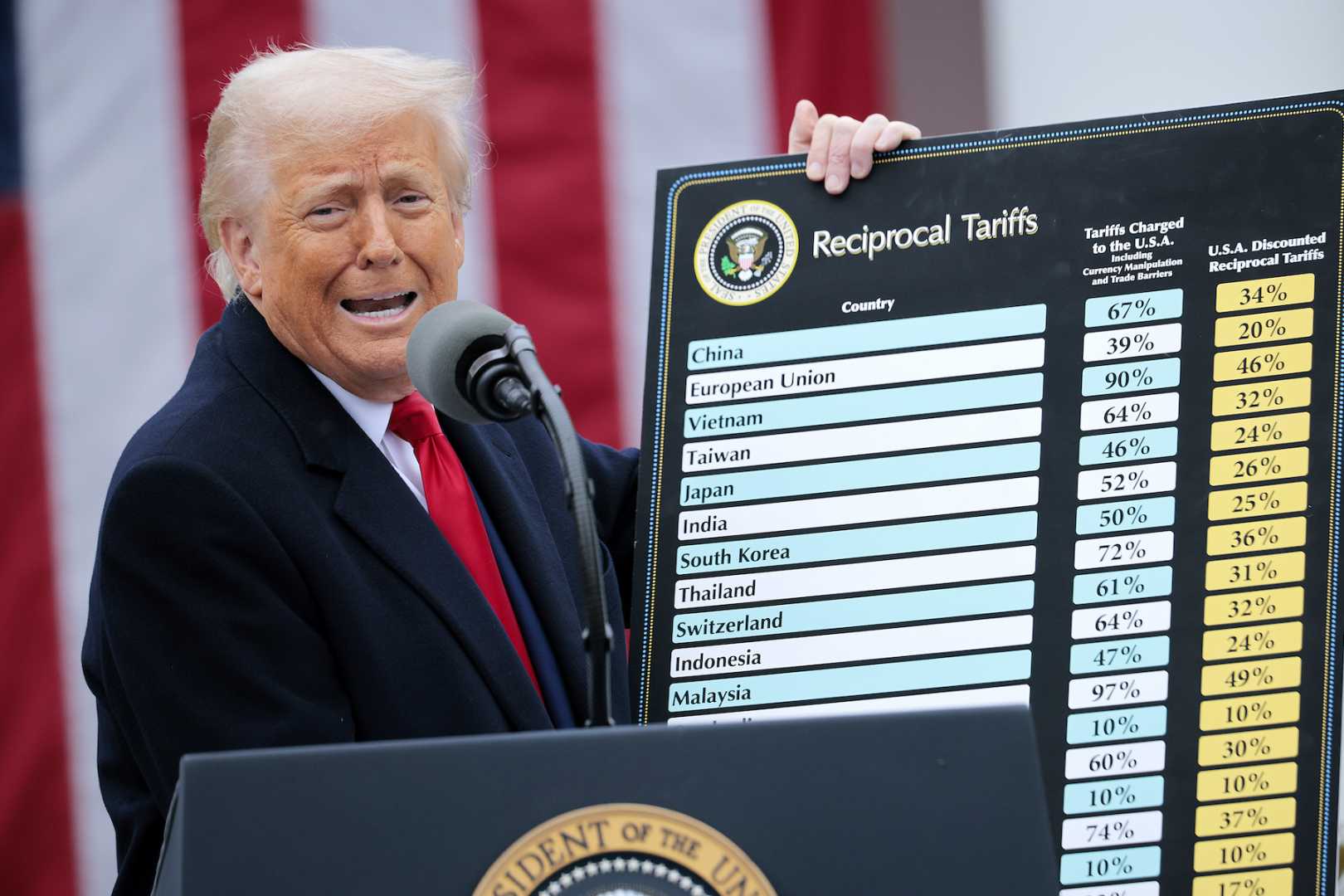Business
Trump Resumes Trade War with Major Tariff Threats to Multiple Countries

WASHINGTON, D.C. — Former President Donald Trump has escalated tensions in global trade by announcing new tariffs on goods from several countries. This week, Trump sent letters to nearly two dozen nations, threatening stiff tariffs starting in August unless they agree to bilateral trade deals.
The proposed rates include a 25 percent tax on imports from South Korea and Japan, a 35 percent tax on goods from Canada and Bangladesh, and a 50 percent tax on goods from Brazil. Trump also warned that tariffs would be applied to countries aligned with China and India, though no specific countries were named.
Trump’s approach to trade policy has proven to be unpredictable. During his earlier presidency, he dismantled the North American trade agreement and implemented significant tariffs on various trading partners. Recent high levies have forced companies to reconsider their cost strategies and could lead to higher prices for American consumers.
Investors have largely reacted with indifference, having grown used to the president’s unpredictable comments and subsequent policy shifts. Nevertheless, businesses are feeling the impact of the uncertainty, as many small businesses struggle to navigate changing tariff rates.
Jonathan Silva, CEO of WS Game Company, highlighted the struggles his firm faces due to tariff changes. His company, which specializes in upscale versions of classic board games, produces its products in China and is subject to fluctuating import fees that recently climbed as high as 145 percent.
“The worst 45-plus days of our company’s history” occurred during Trump’s April “Liberation Day” tariffs, Silva reported. To offset losses, his company implemented a spending freeze and increased product prices.
Silva’s struggles reflect broader issues affecting many businesses that rely on imports. Analysts predict that as companies exhaust stockpiled goods, prices could rise sharply, further challenging consumers already facing an 18 percent inflation rate, the highest in nearly a century.
The renewed trade conflict is expected to exacerbate economic conditions. Trump’s tariffs are pushing up consumer costs, particularly on clothing and shoes, which could see price increases of approximately 40 percent due to tariff pressures.
While there may be a chance Trump will reconsider the implementation of these tariffs if markets take a downturn, the uncertainty looms large for thousands of businesses trying to adapt to shifting trade policies.
In response to inquiries about implementation dates for the new tariff rates, Trump stated simply, “They’re going to be tariffs. The tariffs are going to be the tariffs.”












